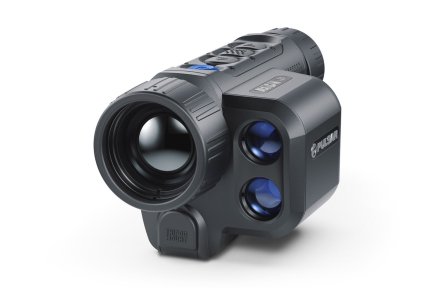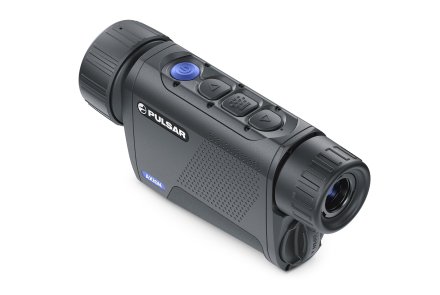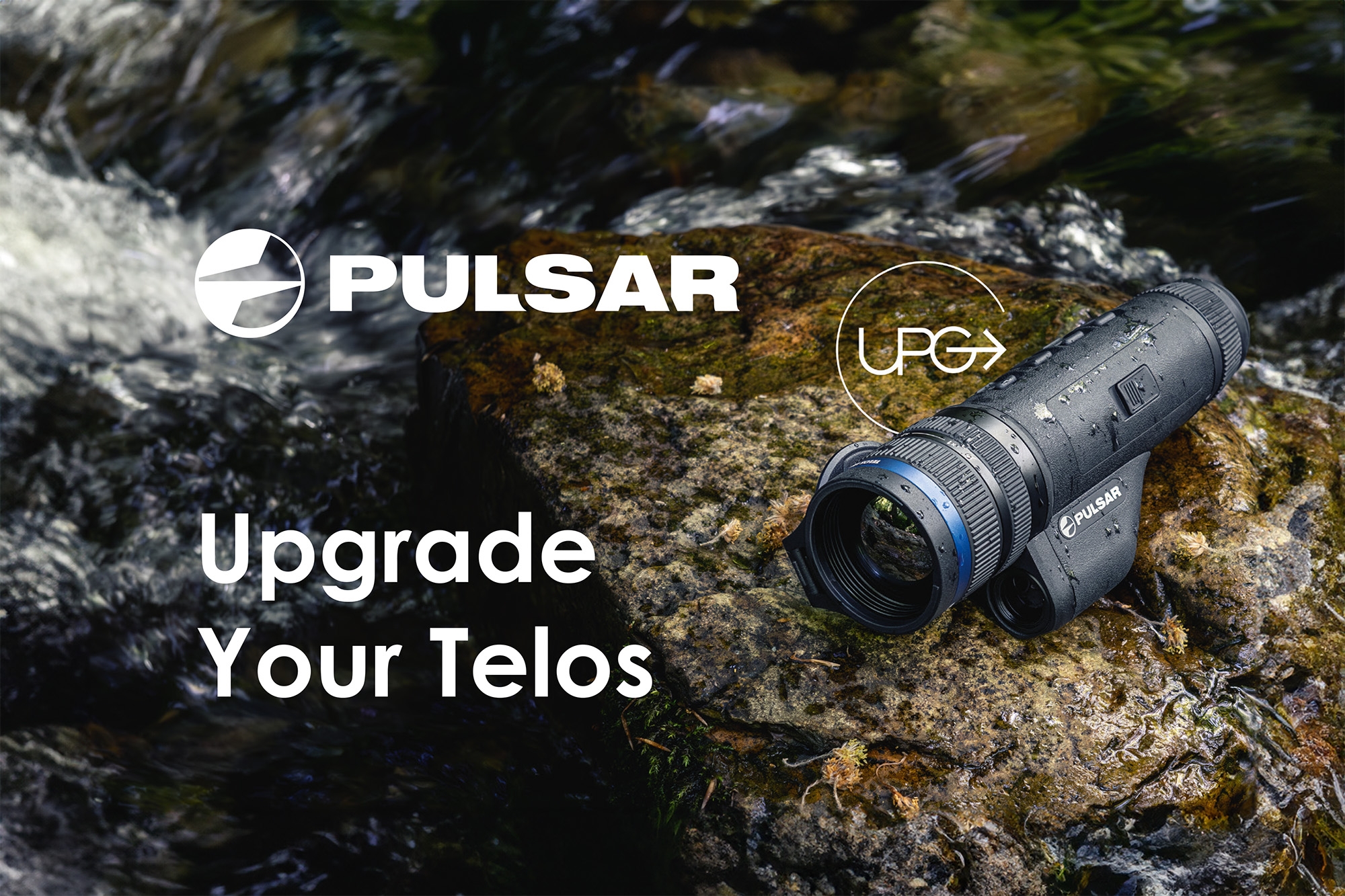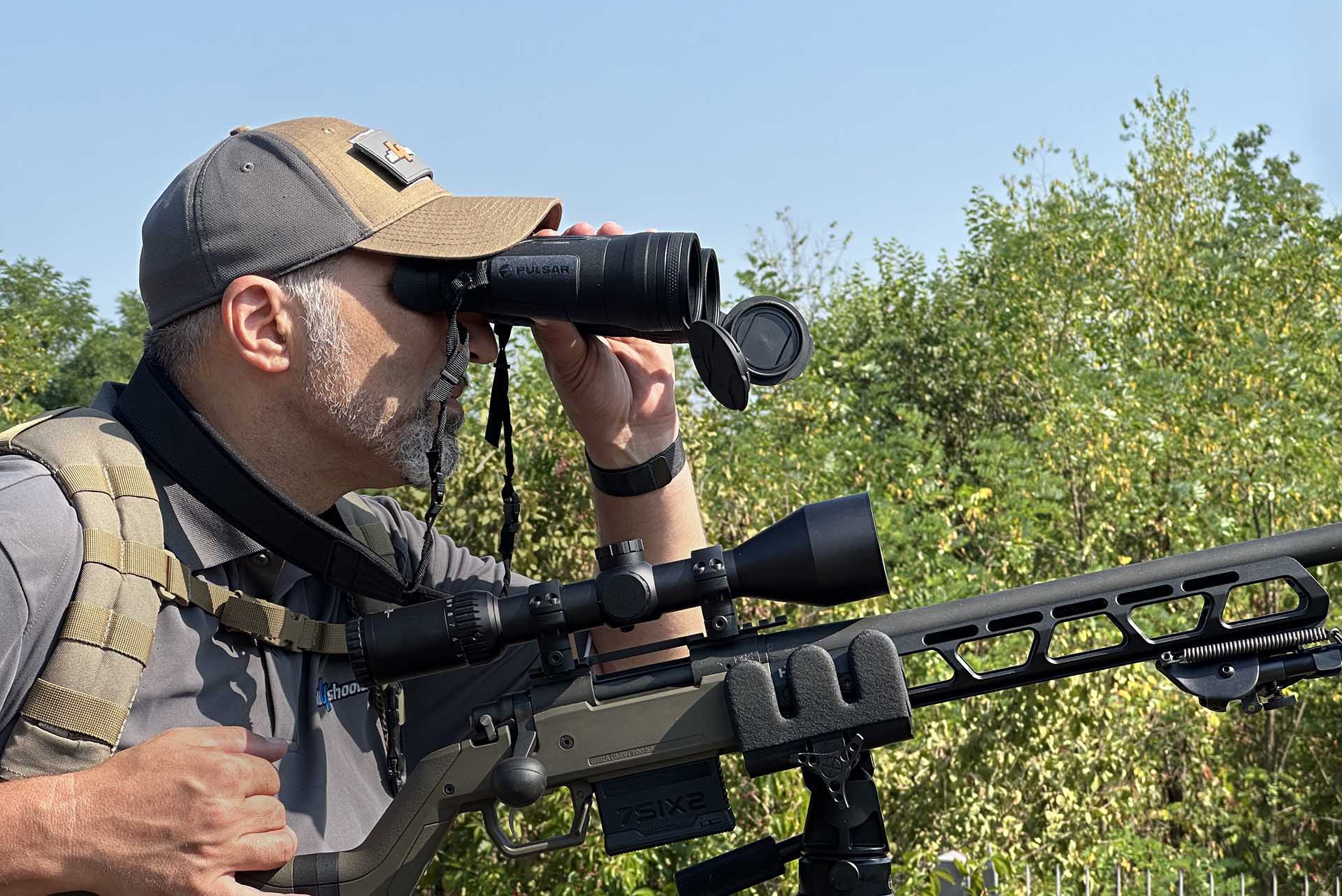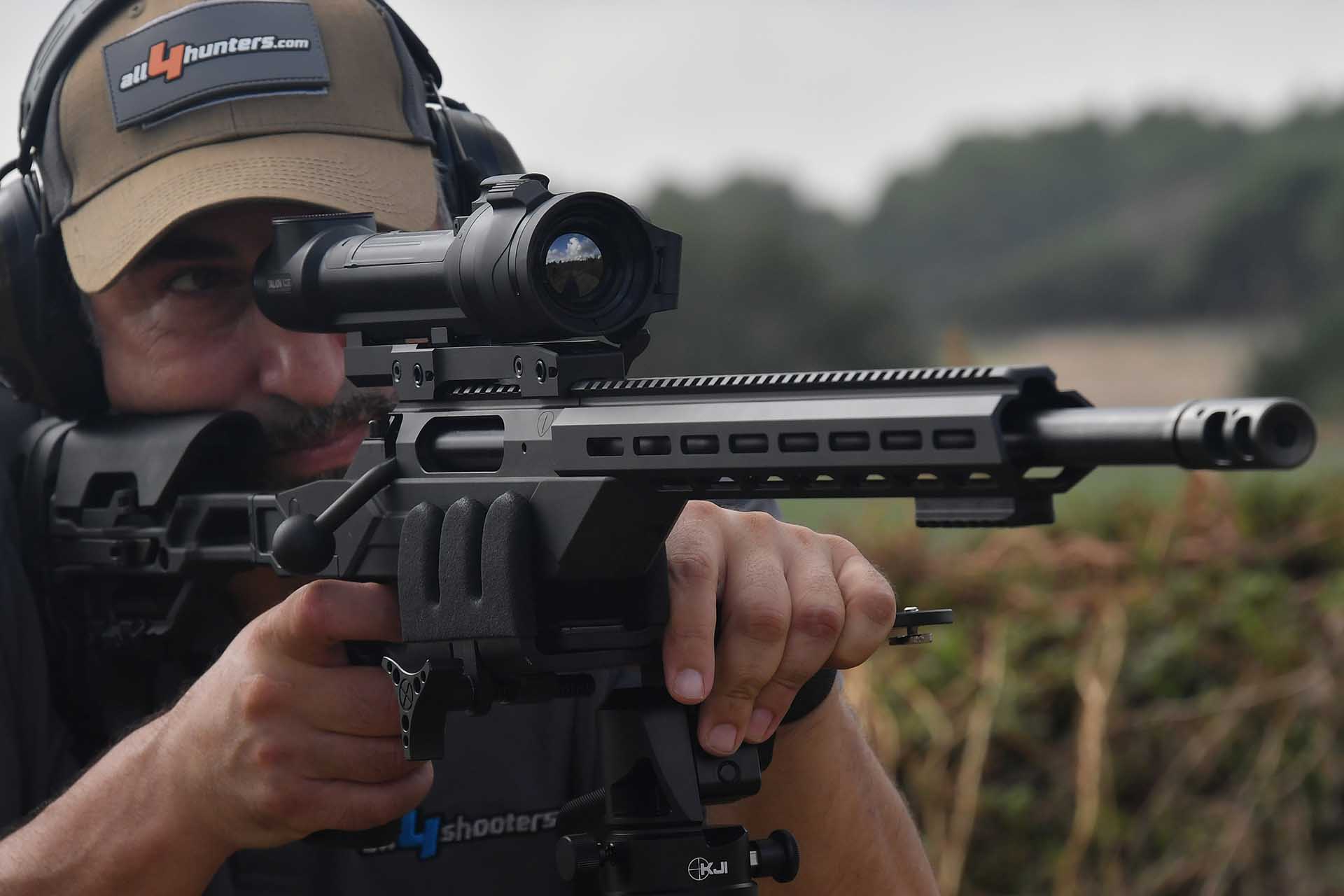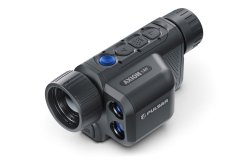
After the update of the Pulsar thermal imaging flagship models – the Accolade, Trail and Helion – with the introduction of the game changing 40 mK NETD sensor technology, today Yukon Advanced Optics, the European leading manufacturer of sporting and hunting thermal imaging, night vision, and daytime optical products, launches the expansion of its Axion thermal imaging hand held monocular line, with the Axion XQ38 and Axion LRF XQ38, respectively with and without integrated laser range finder. We tested the Pulsar Axion thermal imaging monocular line here.
Both monoculars are based on the same 384х288 focal planar array ASi microbolometer thermal sensor with 17µm pixel pitch and 40 mK NETD sensibility, allowing the user to enjoy excellent detail recognition and great image quality even when thermal contrast of the surroundings is low - during the rainfall, fog or cold mornings.
Features of the Pulsar Axion XQ38

Being an update of the Axion line of thermal imaging monoculars, the new XQ38 models inherit the same rugged and reliable all-metal, yet lightweight Magnesium housing construction. Even though the device is slightly larger than the Axion XM series, it still perfectly fits into the user’s hand. The thermal imaging engine implemented in the Pulsar Axion XQ also features a proprietary Image Detail Boost picture enhancement technology, which increases clarity and detail of the processed image, and together with the Full color HD resolution AMOLED microdisplay used by the eyepiece, and selectable 8 Color palettes, ensures better identification of the observed objects. The high quality 38 mm Germanium objective lens sensor offers not only a long detection range of up to 1350 m, but also a wide field of view of 9.8°; it also offers a digital zoom from 3.5 to 14x. Both units use the new proprietary IPS5 quick-change rechargeable battery that can power up the unit for up to 6 hours of non-stop operation.
Differences between the Axion XQ38 and the Axion LRF XQ38
There are key difference between the Axion XQ38 and the Axion LRF XQ38. Obviously, the LRF XQ38 includes an integrated laser range finder, capable of accurately measuring distances up to 1000 meters; however, to optimize feature sets, in the LRF model Wi-Fi connectivity and video/photo recording have been removed for simplified use and focus on key observation functionalities necessary for hunting.
The Axion XQ38 on the other hand allows for wi-fi communication, Stream Vision iOS and Android app support, internal video recording and Firmware update via wi-fi. MSRP for the Axion XQ38 is 1990 euro, while the Axion LRF XQ38 is priced at 2290 euro. Small differences in EU countries are due to their different VAT.
For additional information, visit Pulsar website:
https://www.pulsar-nv.com/glo/products/33/thermal-imaging-scopes/axion-xq/
https://www.pulsar-nv.com/glo/products/33/thermal-imaging-scopes/axion-xq-lrf/



